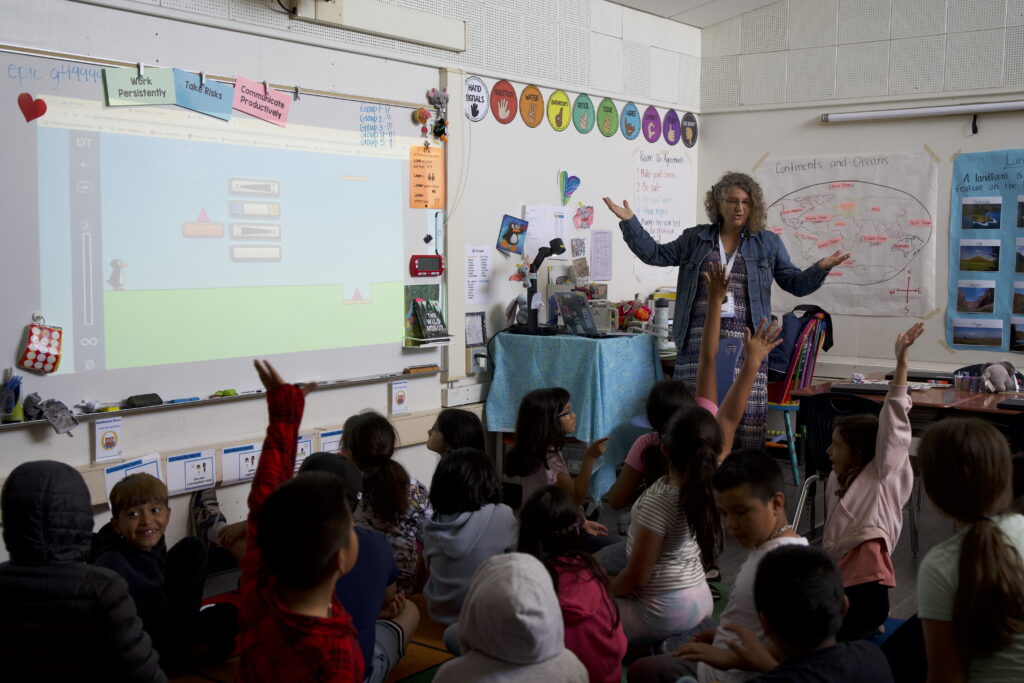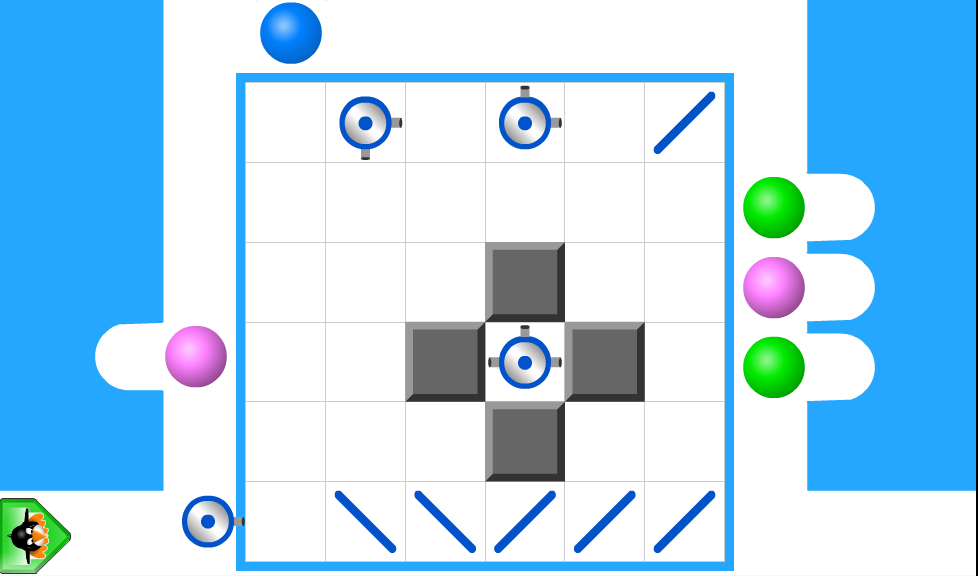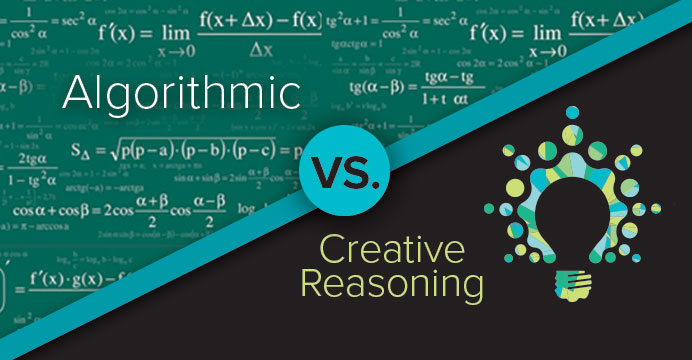
Introducing InsightMath—designed from the ground up to change how students experience math
We’ve brought something new to the world of math education.
After years of research, iteration, and collaboration with classrooms across the country, MIND Education has launched InsightMath—a K–6 core curriculum built from the ground up using neuroscience.
Yes, there are plenty of math programs already on the market. Most follow a familiar pattern: explain the steps, show an example, assign practice. Rinse and repeat.
But InsightMath wasn’t built to do what’s always been done.
It was built to do what’s always been needed.
Because when you start from how the brain actually learns—not how textbooks have always taught—you unlock something far more powerful: deep understanding, lasting confidence, and joyful learning.
What really sets InsightMath apart?
To understand the difference, it helps to look closely at how traditional math programs are typically designed.
In most conventional curricula, lessons are organized around procedures. A new skill is introduced—say, subtracting fractions. The teacher models the algorithm, students copy the steps, and then they complete a worksheet with similar problems.
It’s a system built for coverage. But not necessarily for comprehension.
Students are often expected to follow methods before they understand the reasoning behind them. And while some students may thrive in that environment, many don’t. The result? Gaps in understanding. Fear of failure. A growing belief that they’re “just not a math person.”
InsightMath flips that script. Instead of telling students how to solve problems, InsightMath starts by giving them a reason to solve them.
A new kind of classroom experience
Each unit begins with a visual challenge—something that invites students to notice, predict, and experiment. Before any formal vocabulary or procedures are introduced, students are already thinking mathematically. They’re testing strategies, revising their ideas, and developing intuition through exploration.

This approach is grounded in neuroscience, specifically the Perception-Action Cycle—a natural learning loop where we take action, observe results, reflect, and try again. That loop is at the heart of every InsightMath lesson.
And because instruction is visual-first, every student has access. There’s no waiting for language to unlock understanding. Multilingual learners, students with unfinished learning, and students with IEPs can dive into the math alongside their peers, building confidence from day one.
Compare that to traditional programs, which often rely heavily on language and text-based explanations. Students who are still developing English proficiency, or who need more time to process, can find themselves excluded from the core instruction. They may be present, but they’re not engaged.
InsightMath changes that. It invites every brain in.
Struggle isn’t failure. It’s learning in action.
One of the most powerful shifts we see with InsightMath is how students relate to challenge.
In traditional programs, wrong answers are often the end of the line. You get it or you don’t. And over time, that message builds math anxiety—and shuts students down.
InsightMath takes a different stance: struggle is where the learning happens.
Each puzzle, task, or open-ended challenge is intentionally designed to stretch student thinking, just enough. Students get immediate, visual feedback. They try, revise, reflect, and try again. That process isn’t a detour from learning—it is learning.
And it’s not just conceptual gains we see. We see growth in confidence. In resilience. In joy.
Because when students feel ownership over their thinking, when they discover ideas, not just receive them, they begin to see themselves as capable mathematicians.
Teaching that’s guided, not scripted.
This shift in how students learn also changes how teachers teach.
In traditional math programs, the teacher is often positioned as the explainer-in-chief. The curriculum provides a script or a sequence of steps, and the educator is responsible for walking students through them.
InsightMath treats teachers as facilitators of learning.
Every lesson includes supports for guiding discussion, identifying misconceptions, and making student thinking visible. There’s structure—but also flexibility. Teachers can lean into student ideas, adjust pacing, and differentiate on the spot.
Professional learning is embedded—not bolted on. As teachers implement InsightMath, they build their own understanding of math content, pedagogy, and the neuroscience that underpins it. Every lesson becomes an opportunity for teacher growth, not just student instruction.
Coherence and support at the district level.
At a system level, InsightMath offers something many traditional programs lack: true coherence.
It’s not a patchwork of topics or a collection of lessons retrofitted to standards. It’s a purposefully designed, research-aligned progression of ideas across K–6—where every unit builds on what came before and sets the stage for what comes next.
And because it’s backed by the team behind ST Math, it comes with robust implementation support: onboarding, pacing tools, dashboards, coaching, and ongoing collaboration to meet real-world needs.
District leaders often face the difficult task of aligning vision, instruction, and outcomes across diverse classrooms. InsightMath helps make that possible by providing a common foundation that’s brain-based, student-centered, and built to work in today’s classrooms.
We didn’t just set out to build another curriculum.
We set out to build the one students actually need. Because math class should be a place where students don’t just learn how to get the answer—they learn how to think.



